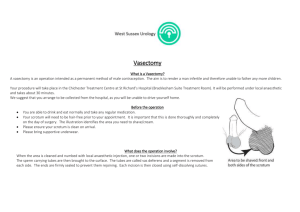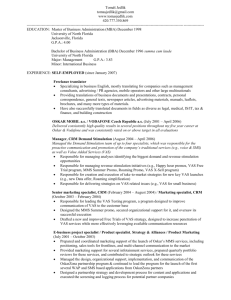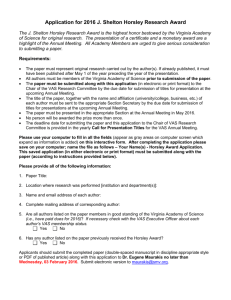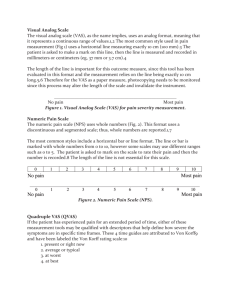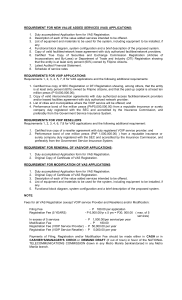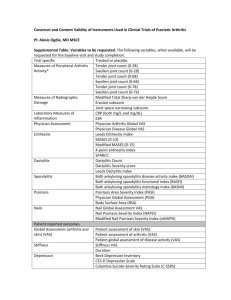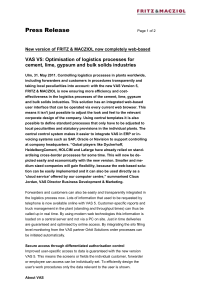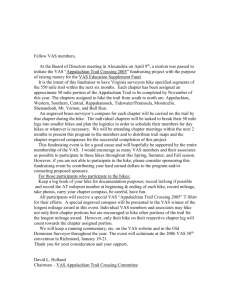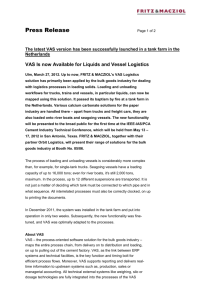Click here to procedure note.
advertisement
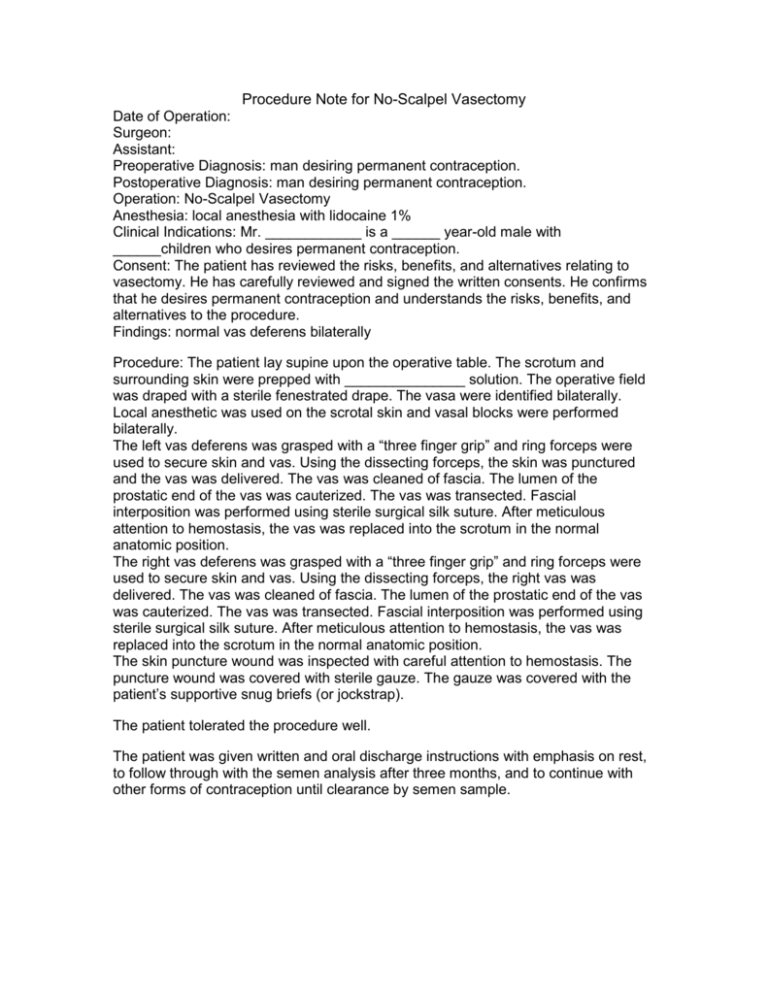
Procedure Note for No-Scalpel Vasectomy Date of Operation: Surgeon: Assistant: Preoperative Diagnosis: man desiring permanent contraception. Postoperative Diagnosis: man desiring permanent contraception. Operation: No-Scalpel Vasectomy Anesthesia: local anesthesia with lidocaine 1% Clinical Indications: Mr. ____________ is a ______ year-old male with ______children who desires permanent contraception. Consent: The patient has reviewed the risks, benefits, and alternatives relating to vasectomy. He has carefully reviewed and signed the written consents. He confirms that he desires permanent contraception and understands the risks, benefits, and alternatives to the procedure. Findings: normal vas deferens bilaterally Procedure: The patient lay supine upon the operative table. The scrotum and surrounding skin were prepped with _______________ solution. The operative field was draped with a sterile fenestrated drape. The vasa were identified bilaterally. Local anesthetic was used on the scrotal skin and vasal blocks were performed bilaterally. The left vas deferens was grasped with a “three finger grip” and ring forceps were used to secure skin and vas. Using the dissecting forceps, the skin was punctured and the vas was delivered. The vas was cleaned of fascia. The lumen of the prostatic end of the vas was cauterized. The vas was transected. Fascial interposition was performed using sterile surgical silk suture. After meticulous attention to hemostasis, the vas was replaced into the scrotum in the normal anatomic position. The right vas deferens was grasped with a “three finger grip” and ring forceps were used to secure skin and vas. Using the dissecting forceps, the right vas was delivered. The vas was cleaned of fascia. The lumen of the prostatic end of the vas was cauterized. The vas was transected. Fascial interposition was performed using sterile surgical silk suture. After meticulous attention to hemostasis, the vas was replaced into the scrotum in the normal anatomic position. The skin puncture wound was inspected with careful attention to hemostasis. The puncture wound was covered with sterile gauze. The gauze was covered with the patient’s supportive snug briefs (or jockstrap). The patient tolerated the procedure well. The patient was given written and oral discharge instructions with emphasis on rest, to follow through with the semen analysis after three months, and to continue with other forms of contraception until clearance by semen sample.
